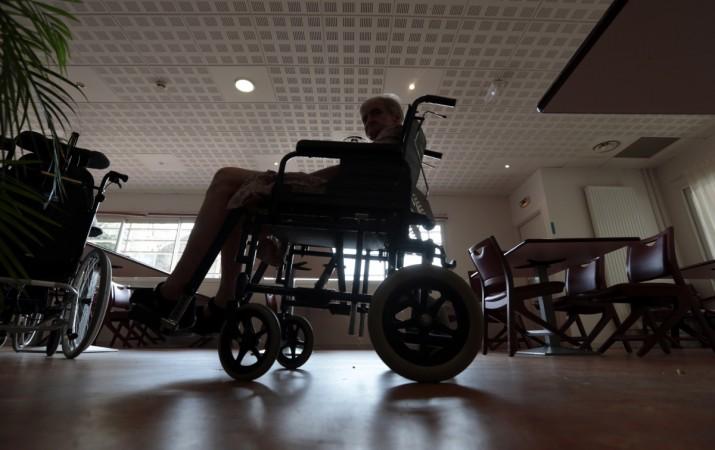
A new study by a disability rights group suggests that at least half the world's school-age children with disabilities are kept out of school due to lack of investment in their needs.
Stigma and misinformation, along with lack of data on number of disabled children are contributing to the problem according to Light for the World, a charity that supported the research.
"People don't see them (children with disabilities) as a worthy investment…Many think for example that there's no point investing in their education as people with disabilities can't work," Nafisa Baboo, adviser for inclusive education at Light for the World was quoted saying to Thomson Reuters Foundation.
Furthermore, billions of dollars of potential income from the world's poorest countries are being lost due to lack of schooling and employment opportunities for those with disabilities. Around 15% of the world's population, estimated around 1 billion, are living with disability.
The new report urges governments to provide facilities for the education of disabled children within a mainstream system.
India faces the same sort of problems. The rates of disability are vastly under-reported. The last census in 2011 reported around 21 million people, just 2.21 percent of the population has a form of disability, compared to the global average for that year estimated at 15 percent.
The disability population is difficult to enumerate in India since people often hide their disabilities because of social stigma.
The following graphs gives an idea of the disabilities prevalent across India:
Following are a few data points worth highlighting;
* Arunachal Pradesh has the highest prevalence of visually impaired people with 693 per 1,000 people with disability while Goa has the lowest with 279.
* Maharashtra has the highest locomotor disability with 363 people per 1,000 disabled people while Arunachal is the lowest with 104.
* Goa tops in mental disability with 227 people per 1,000 disabled people while Arunachal is the lowest with 38.
* Nagaland has the highest number of people with speech disability with 166 per 1,000 disabled people while Rajasthan is the lowest with 52.
* Nagaland also has the highest hearing disabled people with 198 people per 1,000 disabled people while Delhi has the lowest with 37.
Without adequate data, the Indian government cannot effectively allocate resources for accessibility of public infrastructure, funding for inclusive education, or medical support.
"Inclusive education can drastically reduce out-of-school populations, it can tackle discrimination in society, and it is considerably cheaper than segregated education...It's not just morally right, it's also a smart investment," said Baboo, while explaining the way to tackle the problem.









!['Had denied Housefull franchise as they wanted me to wear a bikini': Tia Bajpai on turning down bold scripts [Exclusive]](https://data1.ibtimes.co.in/en/full/806605/had-denied-housefull-franchise-they-wanted-me-wear-bikini-tia-bajpai-turning-down-bold.png?w=220&h=138)



